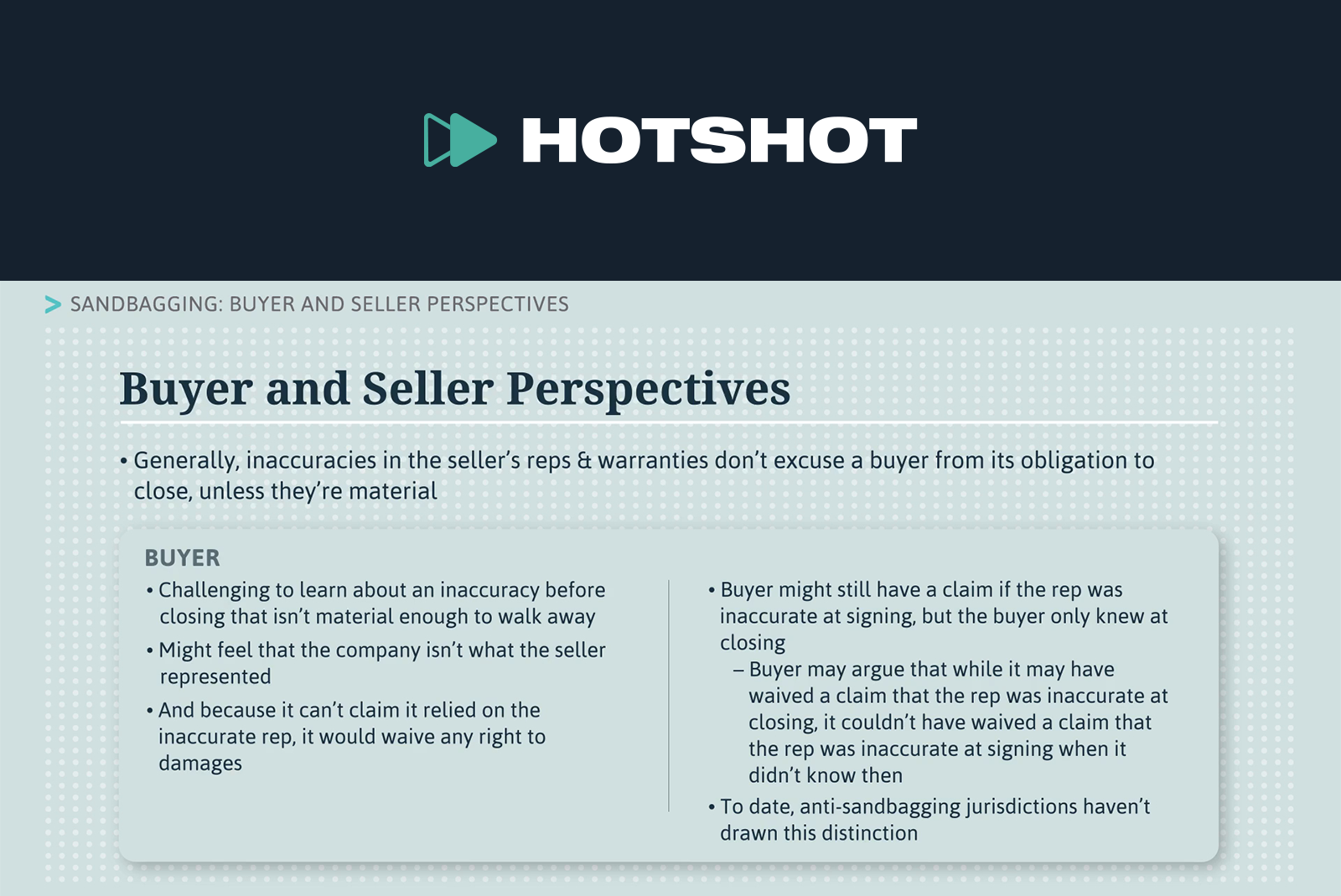
The decline in Canadian equity financings and rising interest rates have prompted strategic changes among Canadian public companies. Faced with funding challenges and escalating borrowing costs, more reporting issuers are considering going-private transactions. This shift offers opportunities for foreign strategic buyers interested in acquiring depressed-valued Canadian public company targets.
This article provides an overview of Canadian going-private transactions and outlines key considerations for foreign strategic buyers and target companies.
Private Equity Considerations
Declining markets prompt foreign strategic buyers, like private-equity (PE) funds, to seek acquisition opportunities where a target’s market value misaligns with its perceived value. PE funds view going private as an opportunity to lower costs, enhance operational strategies, shield from market pressures, and reduce regulatory obligations. Enhanced operational flexibility and the freedom to enact changes without immediate market scrutiny increase the perceived value of going private. PE funds typically structure transactions as a leveraged buy-out (LBO) with debt backed by the target’s assets to maximize returns, securing control with minimal capital investment.
In some cases, insiders initiate going-private transactions. Target management (a Management Buyout) or existing security holders may seek to take the company private. For Management Buyouts, often backed by a PE fund, the board must manage potential conflicts.
A. Structuring the Transaction
Structuring a going-private transaction requires diligent planning and analysis. The three common structures are take-over bids followed by second-step transactions, amalgamations, or court-sanctioned arrangements. Each approach has benefits, challenges, and regulatory requirements.
1. Take-Over Bids
A take-over bid refers to an offer aimed at acquiring a target company’s outstanding voting or equity securities within a Canadian jurisdiction. This offer is directed at one or more security holders. If the securities involved, combined with those already owned or controlled by the offeror, equal 20 percent or more of the class, it qualifies as a take-over bid. The rules and disclosure obligations are primarily outlined in Part 2 of National Instrument 62-104 – Take-Over Bids and Issuer Bids (NI 62-104).
For a take-over bid, NI 62-104 mandates creating and distributing a written offer to purchase and a take-over bid circular to all eligible security holders of the target company. In response, the directors of the target company are required to produce their own circular, endorsing or opposing the bid. The nature of this recommendation depends on whether the bid is negotiated or unsolicited. A negotiated take-over bid (a friendly bid) garners endorsement of the target company and often is facilitated through a definitive acquisition agreement adhering to relevant securities laws. Unsolicited bids (hostile bids) involve direct offers to security holders, potentially circumventing the target company’s board.
The conclusion of a take-over bid occurs upon the bid’s expiration and the successful acquisition and payment for the securities tendered by security holders. Considering the possibility of incomplete tendering, a second-step transaction (statutory squeeze-out or business combination) is often necessary to secure the remaining securities. The structure of the second step will depend on the percentage of controlled securities by the offeror after the bid expires. If over 90% of the class’s outstanding securities are tendered in the bid, the offeror can effect the acquisition of the remaining securities through a statutory squeeze-out. If the threshold is not met, a business combination may be used to force out the remaining security holders of the target company at the same price and under the same terms that were offered under the initial bid.
2. Amalgamation
Another option is through an amalgamation. The foreign buyer establishes a wholly owned Canadian subsidiary that amalgamates with the target. Following the amalgamation, security holders of the target company typically receive redeemable securities in the newly formed entity, which are swiftly redeemed for cash. The buyer then has control over the amalgamated entity, which then continues the operations of the former publicly traded company.
Corporate regulations require a shareholder meeting to approve the amalgamation. Approval from security holders who own a minimum of two-thirds of the outstanding voting securities must be secured, either in person or via proxy. Moreover, the applicability of MI 61-101 – Protection of Minority Security Holders in Special Transactions (NI 61-101) could necessitate majority approval from minority security holders, unless an exemption is applicable.
3. Plan of Arrangement
A plan of arrangement is commonly used for going-private transactions in Canada. This court-approved process involves negotiations between the foreign buyer and the target company’s board or special committee. The parties will negotiate an arrangement agreement to outline terms, followed by two court appearances.
The initial appearance includes the target company’s application for an interim order, which governs procedural aspects such as convening and notifying the special meeting of security holders, as well as stipulating approval thresholds for each class. The subsequent appearance, which follows the special meeting approval, seeks a final order confirming the arrangement’s equity and rationality.
Distinguishing itself from a take-over bid, a plan of arrangement allows the buyer to secure all outstanding voting securities of the target within a single transaction, sidestepping the need for a second-step acquisition or a business combination. This structure offers agility in managing distinct security classes as compared to other methods, providing the potential to encompass asset divestitures, spinouts, or other restructuring matters, facilitating efficient structuring and strategic tax planning.
B. Key Considerations
1. Exclusivity
As the strategic buyer will need to expend significant resources to negotiate the transaction, it will seek exclusive engagement with the target company for a predetermined period to conduct comprehensive due diligence, secure financing commitments, and finalize terms while shielding from competing offers.
Negotiating exclusivity involves balancing the buyer’s needs and target board’s fiduciary duties. The most buyer-friendly approach is a no-shop provision restraining the target from exploring alternatives. Public company directors must consider how this affects their fiduciary duties. No-shop provisions usually include a fiduciary out, allowing the board to consider superior unsolicited bids. A window-shop provision is more balanced and allows the target to consider any unsolicited bids, even if they are not superior to the existing bid.
Go-shop provisions allow the target to actively seek third-party offers for limited periods. Go-shop provisions are used less frequently in Canada and are limited to transactions involving PE funds or where a limited market assessment has been conducted upfront. While favoring the target, foreign buyers may accept these clauses to reduce litigation risk. In cases of third-party offers, a potential foreign buyer may seek a matching right to counter preferred bids. Crafting these provisions requires balance considering fiduciary obligations and each party’s negotiating position.
2. Conflicts of Interest and Fiduciary Duties
In a going-private transaction, the directors, officers, and affiliates of the target company may be the acquirer of the target company. This scenario poses numerous potential conflicts of interest due to the fiduciary responsibilities of these parties. Where a conflict exists, MI 61-101 mandates an independent special committee be formed for oversight, enhanced disclosure, and minority shareholder consent. An impartial valuation may also be required and summary of the report provided in the disclosure documentation to verify the value of the target.
While not mandatory under Canadian law, the target company should consider whether it/the special committee requires its own impartial financial and legal advisor to assist with a fairness opinion to assess transaction terms. This assists in demonstrating the board met its fiduciary duties when approving the transaction.
3. Litigation Risk
Litigation risks in going-private deals, especially from minority holders challenging fairness or fiduciary breaches, underscore the need for transparent processes and conflict prevention. An independent director special committee, even if not mandated, offers protection against conflicts of interest and threats from minority security holders for misrepresentations or inadequate disclosure.
4. Enhanced Disclosure Obligations
Depending on the transaction, MI 61-101 may impose additional disclosure obligations. For instance, related-party take-over bids must include: (i) prior two-year valuations of the target company, (ii) relevant past offers in the two years before the deal, (iii) target board and special committee review process, (iv) relied-upon exemptions from MI 61-101 valuation rules, (v) any material disagreement between the target company’s board and the special committee, (vi) the number of votes that will be excluded to determine whether minority approval is obtained, and (vii) the identity of security holders who are excluded from the minority approval vote and their individual holdings.
5. Regulatory Matters
Foreign strategic buyers must navigate the Investment Canada Act (ICA) and its regulations on foreign investments. The ICA aims to ensure that non-Canadian investments contribute to Canadian economic growth and employment. When a foreign buyer gains control of a Canadian target, it may trigger an ICA notification or review. Notifications, simpler and less costly than reviews, require the foreign buyer to submit basic transaction details within thirty days of closing. If a foreign buyer’s acquisition meets financial thresholds and faces ICA review, they must prove to the Minister of Innovation, Science, and Economic Development that the investment benefits Canada. This assessment considers: (i) the impact on economic activity; (ii) the degree of Canadian involvement; (iii) the effects on productivity, technology, and innovation; (iv) the influence on industry competition; (v) policy alignment; and (vi) enhancement of Canada’s global competitiveness.
Conclusion
Going-private transactions restore operational flexibility by minimizing exposure to market volatility and regulatory constraints, but challenges persist. Foreign buyers, including PE funds, must select optimal structures carefully and manage many aspects of the transaction, including exclusivity concerns, conflicts of interest, litigation risk, disclosure, and regulatory considerations. The parties must weigh potential value creation against the complexities of transitioning to a private entity. Optimal planning and execution are crucial to harnessing the full potential of these transactions.











